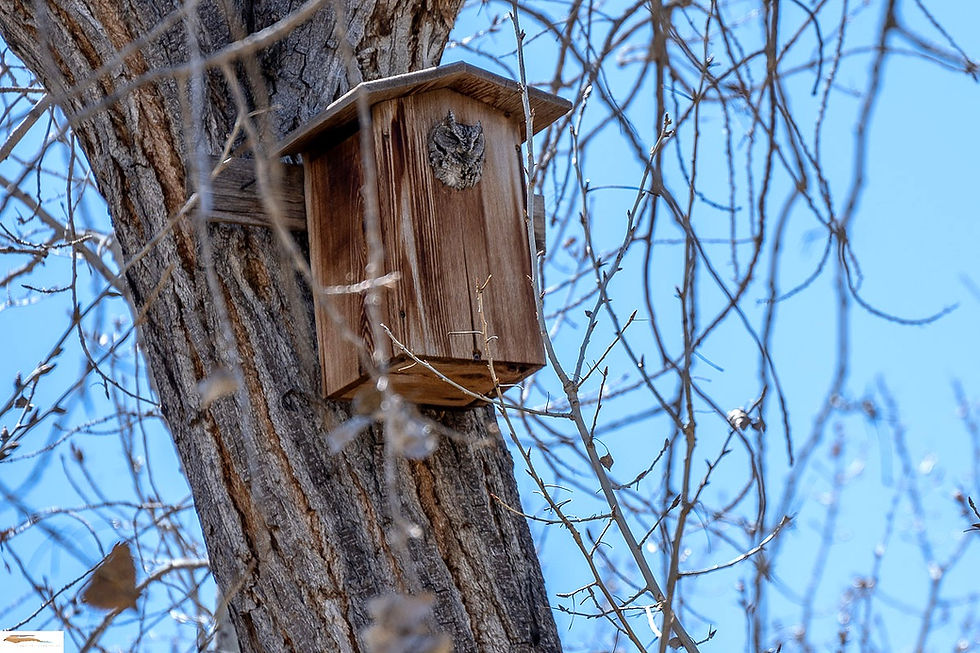
Fall is a wonderful time to enhance your garden not only for your enjoyment but
also for our feathered friends. As the seasons transition and the weather cools down, birds are in search of food, shelter, and a safe haven for the coming winter months. With a few simple steps, you can turn your garden into a welcoming habitat that provides nourishment and refuge for local bird populations.
In this post, we'll explore how to create a fall garden that birds will love.
Plant Bird-Friendly Foliage
Consider adding plants that produce berries, seeds, and fruits that birds find appealing. Some excellent options for fall include:
Winterberry (Ilex verticillata): Known for its bright red berries, this plant is a favorite among many bird species.
American Beautyberry (Callicarpa americana): The vibrant purple berries of this shrub are attractive to birds like robins and cedar waxwings.
Sunflowers (Helianthus spp.): These iconic flowers produce abundant seeds that many birds enjoy.

Install Bird Feeders
Place bird feeders in strategic locations throughout your garden. Choose feeders that can accommodate a variety of birdseed and provide a mix of seeds, grains, and nuts. Popular seeds for fall include sunflower seeds and nyjer.
Provide Fresh Water
Birds need a reliable source of fresh water for drinking and bathing, especially as natural sources may freeze over in colder weather. Consider installing a bird bath or a shallow basin and ensure you regularly clean and refill it.
Offer Shelter Spaces
Create shelters for birds to rest in by adding birdhouses, roosting boxes, or dense shrubs and trees. Birds will appreciate a safe space to escape the elements and potential predators.

Leave Seed Heads and Dead Plants
Be a lazy gardener. Resist the urge to tidy up your garden completely in the fall. Leave some seed heads and dead plants, as they can provide food for birds throughout the winter months. Plus seeds will disburse in the wind and you may have some lovely new sprouts in the spring.
Avoid Harmful Chemicals
Opt for natural or bird-safe gardening practices to ensure the health and safety of the birds visiting your garden. Avoid using pesticides and herbicides that could harm the birds or their food sources. Don't use poison mouse traps. Remember the food chain---if that owl eats a poisoned mouse, it too will be poisoned.
Be Observant and Learn
Take time to observe the birds that visit your garden. Learn about the different species and their preferences, so you can tailor your garden to better meet their needs.
Creating a bird-friendly garden in the fall is a rewarding and enjoyable way to contribute to the wellbeing of local bird populations. By providing the right plants, feeders, water sources, and shelter, you'll not only attract a variety of birds but also create a beautiful and inviting garden space. Enjoy the sights and sounds of these wonderful creatures as they make your garden their home during the fall and beyond. Happy gardening and bird watching!


Comments